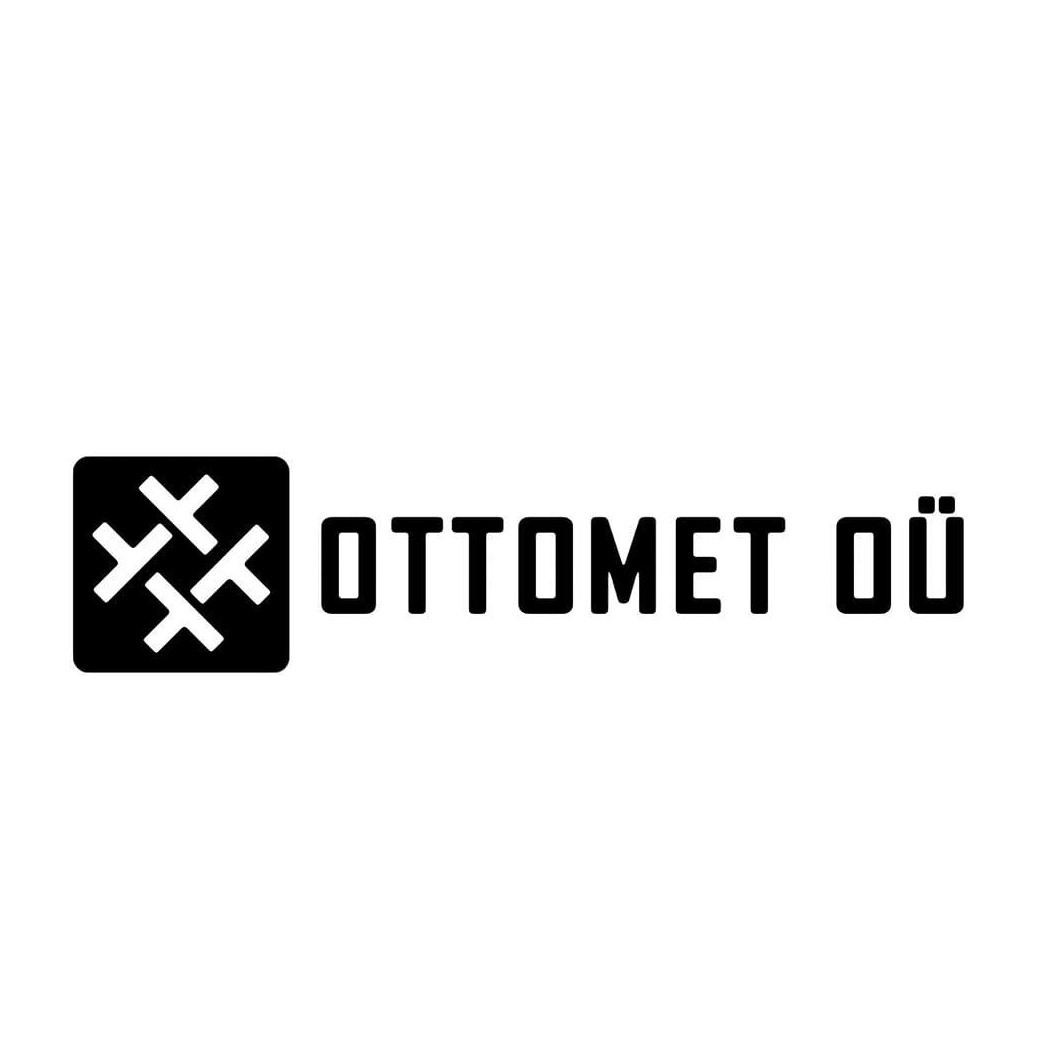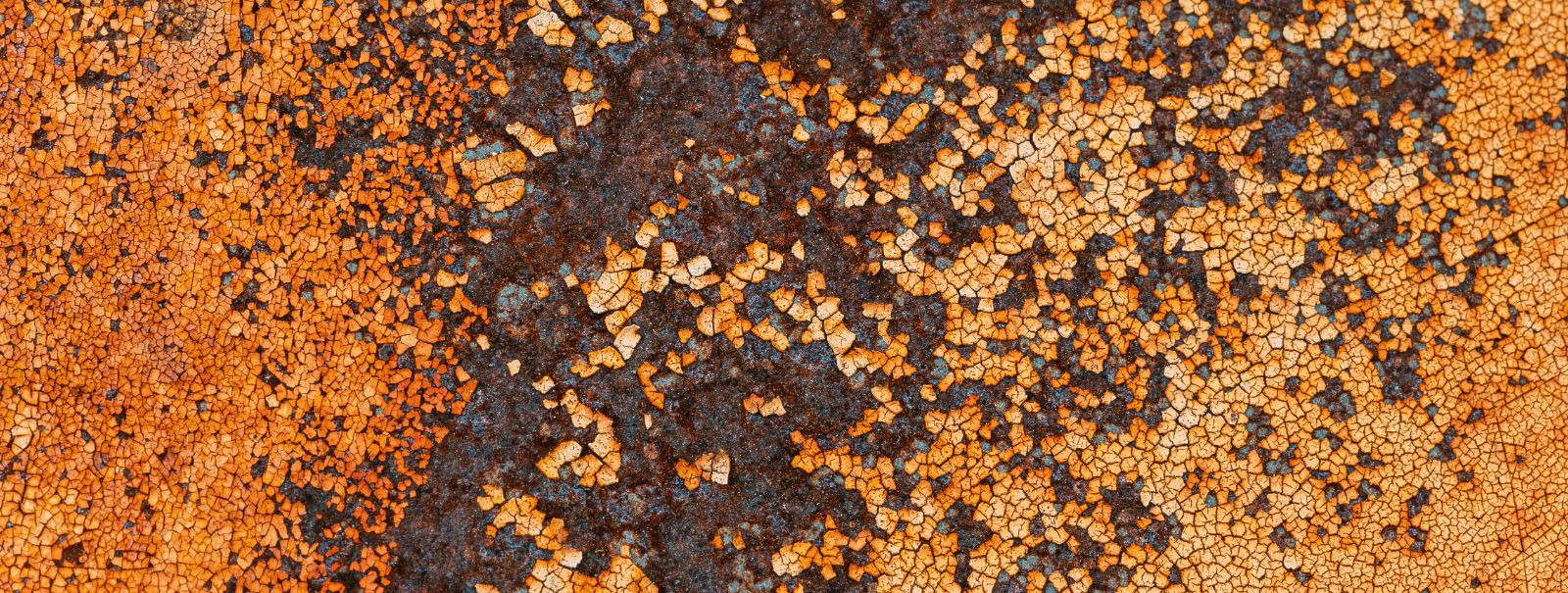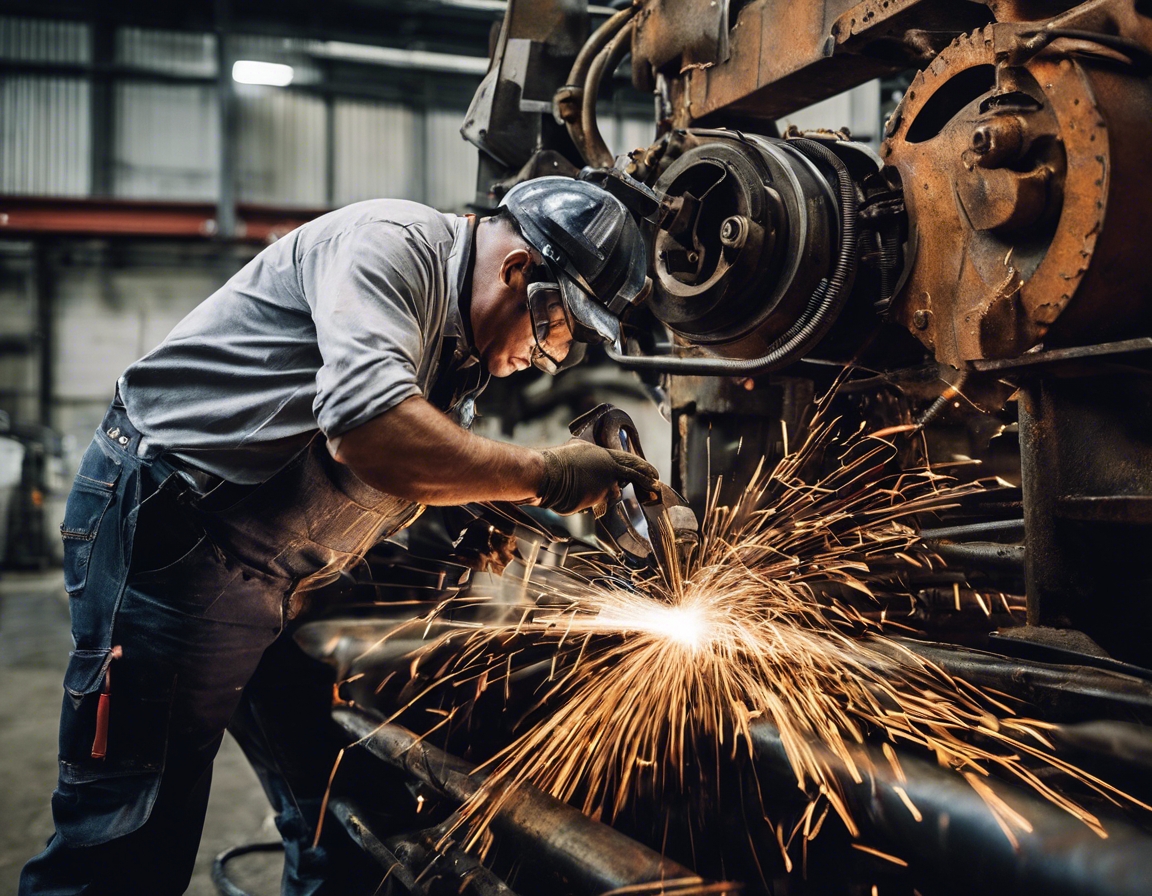The future of eco-friendly surface restoration
As industries across the globe face increasing pressure to reduce their environmental footprint, the demand for eco-friendly surface restoration has never been higher. With a heightened awareness of the impact of traditional cleaning and restoration methods on the environment, businesses are seeking alternatives that align with their sustainability goals.
Surface restoration encompasses a wide range of activities aimed at returning a surface to its original condition or better. This includes the removal of contaminants, corrosion, coatings, and other materials that can degrade the appearance, function, or integrity of a surface.
The Current Landscape of Eco-Friendly Solutions
Environmentally friendly chemicals are at the forefront of the shift towards sustainable surface restoration. These solutions are designed to minimize harmful emissions and waste, providing a safer alternative for workers and the environment.
From dry ice blasting to soda blasting, mechanical methods of surface restoration are evolving to reduce environmental impact. These techniques often eliminate the need for harsh chemicals and can be highly effective at preserving the underlying material.
Government regulations are increasingly favoring eco-friendly practices, pushing companies to adopt greener methods. This regulatory landscape is shaping the future of surface restoration, with compliance becoming a key driver for change.
Emerging Technologies in Surface Restoration
Biotechnology is paving the way for the development of bio-based cleaning agents that are not only effective but also biodegradable. These innovations promise to revolutionize the way we approach surface cleaning and restoration.
Laser technology offers a precision approach to surface restoration, capable of removing contaminants without damaging the substrate. As laser systems become more accessible, they are set to become a staple in eco-friendly restoration.
The integration of robotics and automation in surface restoration not only improves efficiency but also reduces the environmental impact by minimizing waste and optimizing resource use.
Challenges and Considerations
While the benefits of eco-friendly surface restoration are clear, the cost of implementing new technologies can be a barrier for many businesses. Understanding the long-term savings and value is crucial for justifying the initial investment.
As new technologies emerge, the need for specialized training and skill development becomes essential. Companies must invest in their workforce to ensure the successful adoption of eco-friendly practices.
Despite the advantages, some industries may be slow to adopt eco-friendly methods due to perceived risks or resistance to change. Overcoming these challenges requires education and demonstration of the effectiveness of new technologies.
Strategies for Implementation
Businesses must begin by assessing the environmental impact of their current surface restoration methods. This will help identify areas for improvement and guide the selection of eco-friendly alternatives.
Selecting the appropriate technology for a given application is critical. Factors such as surface material, contaminant type, and restoration goals must be considered to ensure optimal results.
Forming partnerships with providers of eco-friendly solutions, like OTTOMET OÜ, can facilitate the transition to greener practices. Collaborative efforts can lead to shared knowledge, improved techniques, and cost savings.






Comments (0)